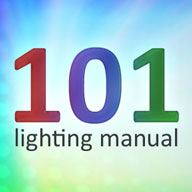Dez
Fueled by Christmas - Inspired by You!
Like most people I am planning on having multiple power supplies inside my main controller box.
In regards to wiring on the main input from 240 volts, should I use 3 power leads for 3 power supplies or can I use one lead an daisy chain the others together?
Was just trying neaten things up by having less cables.
In regards to wiring on the main input from 240 volts, should I use 3 power leads for 3 power supplies or can I use one lead an daisy chain the others together?
Was just trying neaten things up by having less cables.

